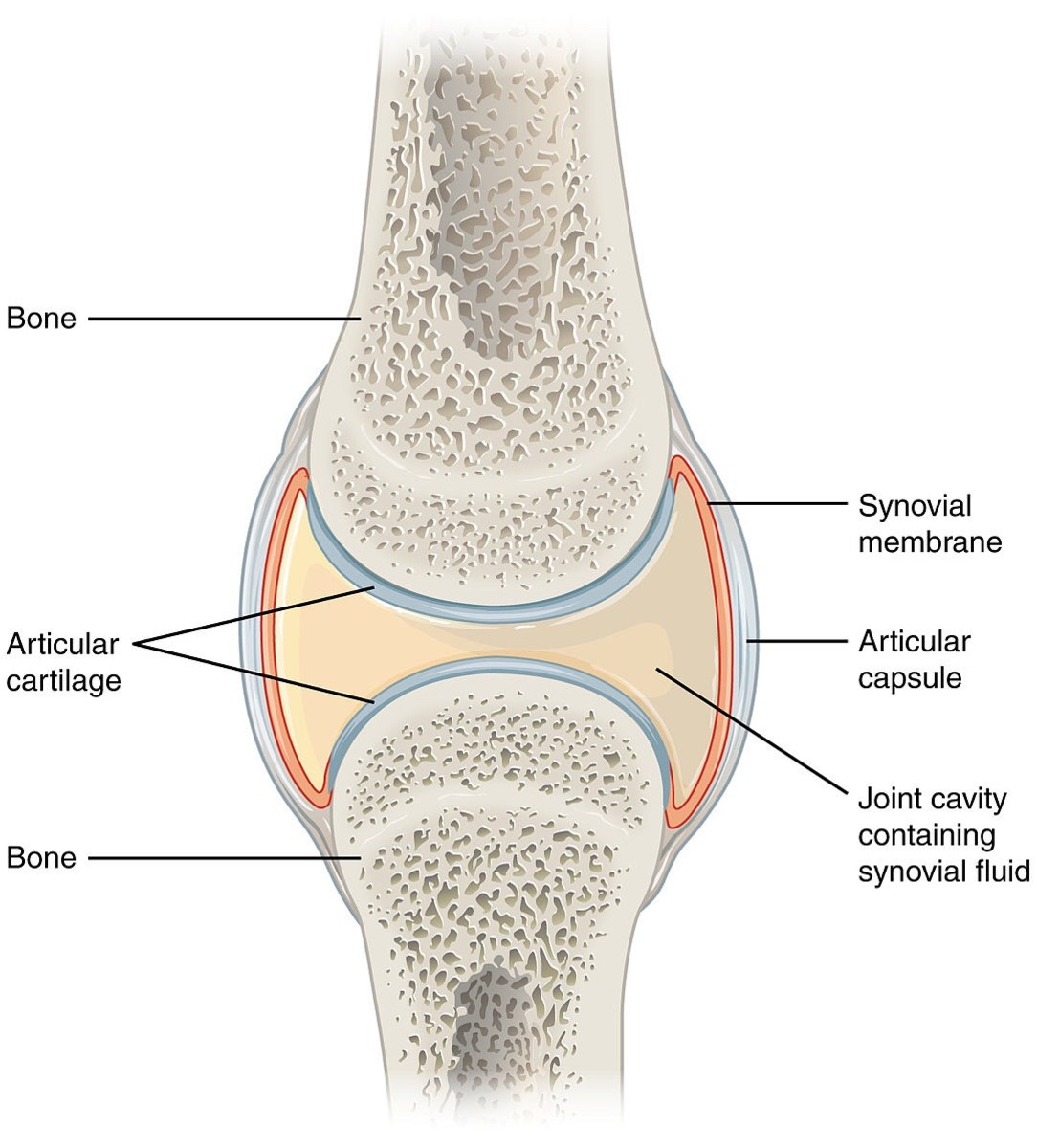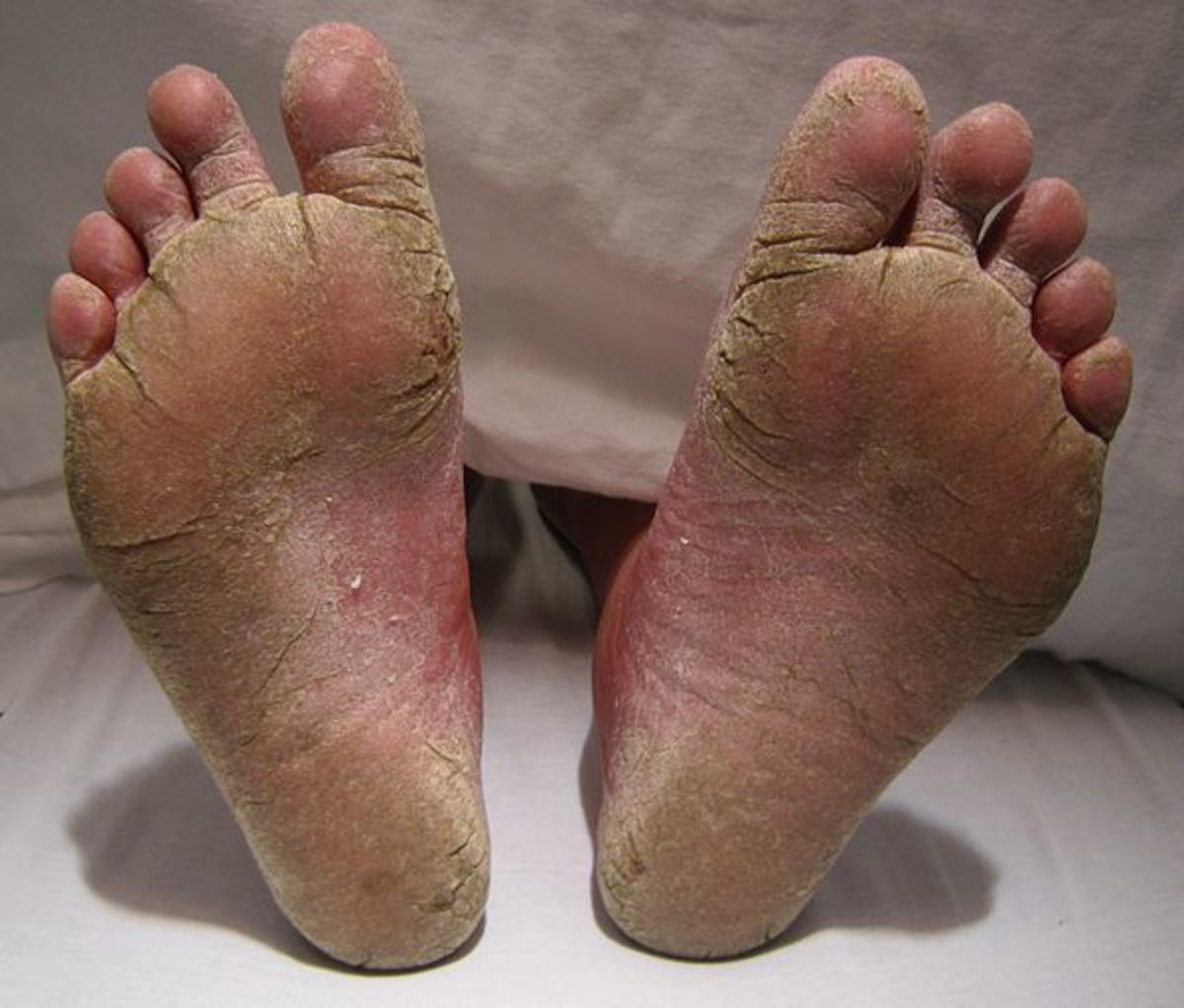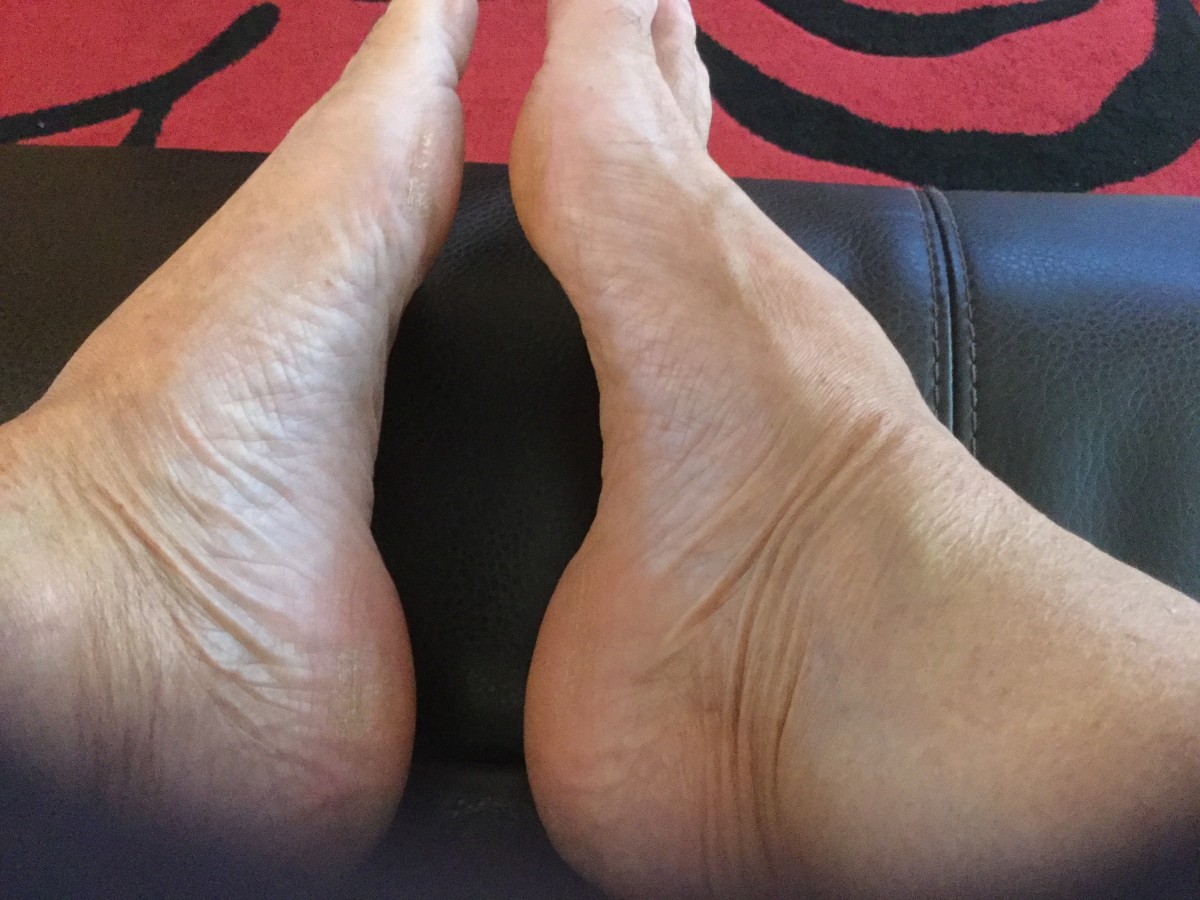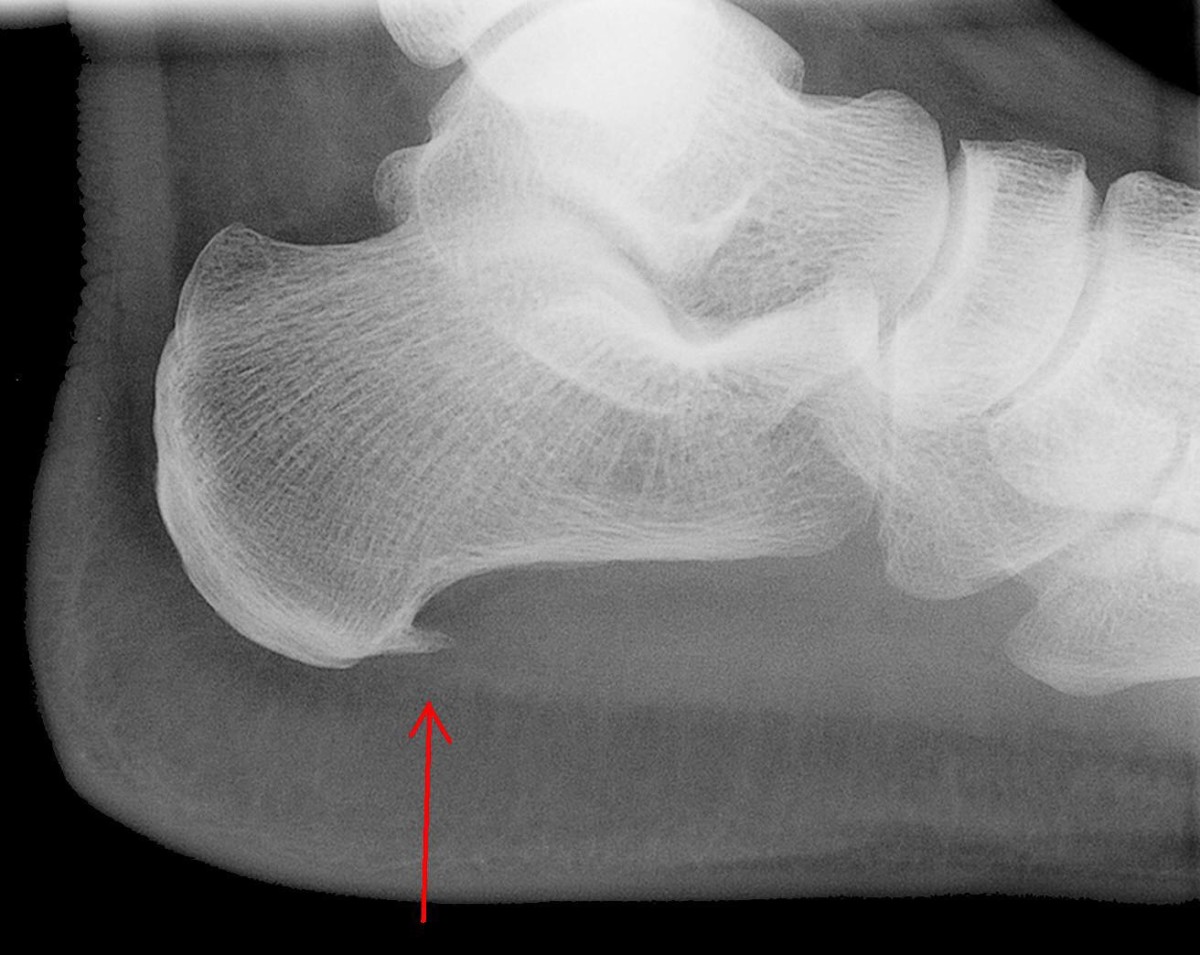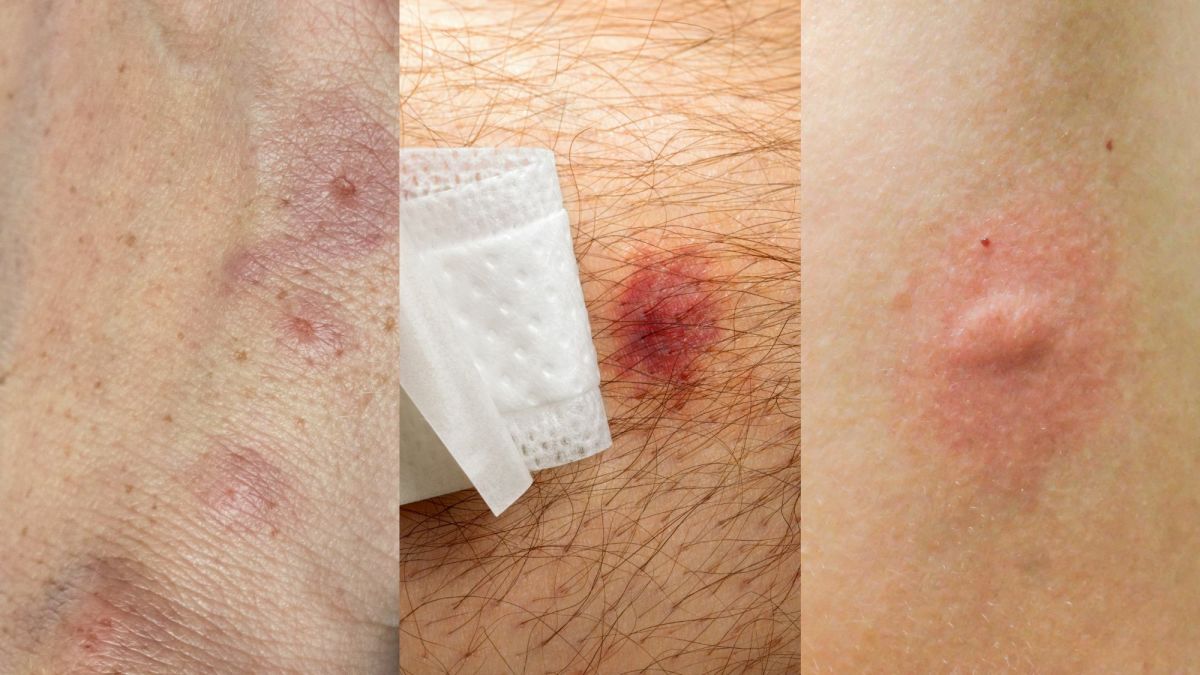Plantar Fasciitis Treatments
Plantar Fasciitis Treatments
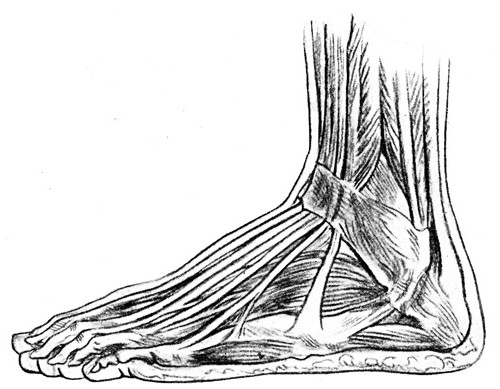
If you feel a stabbing pain across the bottom of your foot when you stand, you may have plantar fasciitis. This condition is caused when the plantar fascia, the ligament supporting the arch of your foot, becomes inflamed due to stress or injury. You are more likely to get plantar fasciitis if you run, are overweight or wear shoes without enough support. Although this condition can be very painful, there is a cure for plantar fasciitis.
Plantar Fasciitis Treatments
The first thing you should do is pay a visit to your doctor. He will ask you questions about your lifestyle, the types of activities you do and X-ray your foot. If he diagnoses you with plantar fasciitis, he will outline a treatment program for you. There is no quick cure for plantar fasciitis, but by following this program, you should be pain free in a couple of months
Give your feet a break as much as possible. Your Plantar fasciitis will take longer to heal if you keep aggravating the problem. Try to avoid activities that cause your foot to hurt. If you do have to walk, use special shoe inserts designed to treat plantar fasciitis. These inserts put pressure on the bottom of your foot and help relieve plantar fasciitis pain. You may need to try several different kinds before you find one that works for you.
Wear the compression wrap all day, even when you wear shoes. You can use the compression wrap along with the shoe inserts. Wear the night splint every night for as long as the plantar fasciitis pain persists. The night splint is bulky and can be uncomfortable, but it plays an important role in your plantar fasciitis treatment. Make sure you tighten the boot according to your doctors orders so that your plantar fascia is stretched out at night.
Do plantar fasciitis exercises every day to stretch out and strengthen the inflamed tendon. Your foot will be very sore when you first start, but it is important to do these exercises as directed. Begin slowly and gradually increase your efforts as the pain lessons. Doing light plantar fasciitis exercises during the day is better than one intense session.
If you have been doing these plantar fasciitis treatments as directed and your condition has not improved after several months, you may need to undergo surgery.
Plantar Fasciitis Exercises
Freeze a water bottle. Place the frozen water bottle under your foot and gently apply pressure. Roll the bottle back and forwards and backwards for at least 10 minutes. The pressure and rolling stretch out the tendon, while the ice numbs the plantar fasciitis pain.
Sit down and wrap a towel around the ball of your foot. Hold one end of the towel in each hand. Slowly pull back on the towel, bending your foot back toward you. Make sure your legs are straight and don’t pull your foot back too far. Hold this stretch for 20 seconds. Repeat several times. This plantar fasciitis exercise stretches out both the inflamed tendon and your calf.
Stand facing a wall and place both hands on the wall in front of you. Place one foot behind you and gently press your heel toward the ground. You can bend your knee slightly to get a better stretch. Hold this position for 20 seconds. Repeat with each foot several times. This plantar fasciitis exercise does the same thing as the towel pull.
Plantar fasciitis pain can cause you to change the way you walk as you try to avoid feeling pain. You need to make sure that you retain your ankle’s full range of motion while you are treating plantar fasciitis. Sit down in a chair and rest your leg on a stool. Your ankle should extend past the end of the stool so you can move it freely. Write each letter of the alphabet in the air with your toe. Exagerate the motions to make sure you exercise your ankle completely.
Preventing Plantar Fasciitis From Recurring
Once you have cured plantar fasciitis, you need to take steps to prevent it from recurring. Make sure you only wear high quality shoes that are designed for the activity you are doing. Don’t wear walking shoes and cross-trainers while you are running because they don’t have adequately support your arch. Replace your shoes when they become worn out. Stretch out your foot and calf after any strenuous activity. You can also strengthen your plantar fascia by using your toes to pick up small objects.




